Blog
Jewellok is a professional pressure regulator and valve manufacturer and supplier.
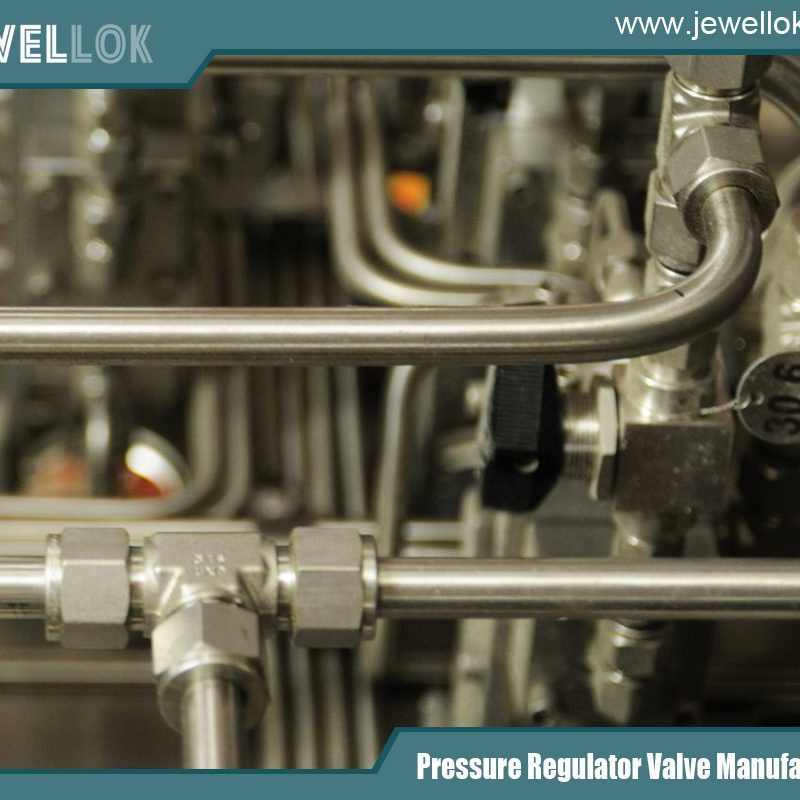
Research on the Sealing Performance Optimization and Anti-leakage Technology under High Pressure Difference of Large Flow Single-gauge Pressure Reducing Valve
- Pressure Regulator Valve Manufacturer
- 1 2 gas regulator, 1 2 propane regulator, 12v electric valve, 2 electric valveadjustable propane pressure regulator, Argon Gas Flow Gauge Regulator, Argon Gas Flow Gauge Regulator And Valves, Argon Gas Flow Gauge Valves, electric water valve, gas regulator, gas used in semiconductor chip manufacturing, high pressure argon regulator, high pressure flexible hose pipe, high purity regulator, how a regulator works, lab fittings exporter, large flow single gauge pressure reducing valve, large flow single gauge pressure reducing valve factory, large flow single gauge pressure reducing valve manufacturer, large flow single gauge pressure reducing valve supplier, large-flow pressure reducing valve, Pressure Reducing Valve, pressure regulator, pressure safety valve vs relief valve, propane pressure regulator valve, relief valve and safety valve difference, safety valve vs relief valve, semiconductor gas, single gauge pressure reducing valve, valve manifold box, water valve timer, what is a flame arrestor
- No Comments
Research on the Sealing Performance Optimization and Anti-leakage Technology under High Pressure Difference of Large Flow Single-gauge Pressure Reducing Valve
Large flow single-gauge pressure reducing valves are widely used in fields such as petrochemical industry, urban water supply, and energy transmission, playing a key role in regulating system pressure and ensuring the safe operation of equipment. With the development of industrial systems towards high pressure and large flow, the working conditions faced by pressure reducing valves are becoming more and more complex. Under extreme conditions of high pressure difference (the pressure difference between the inlet and outlet can reach more than 10MPa) and large flow (the flow rate exceeds 1000m³/h), the scouring and extrusion effects of the medium on the sealing surface are significantly enhanced, and traditional sealing structures and materials are difficult to meet the anti-leakage requirements. Sealing failure will not only lead to medium waste and energy consumption but may also cause safety accidents. Therefore, studying the technology for improving the sealing performance of large flow single-gauge pressure reducing valves has become a key issue for ensuring the safe and stable operation of industrial systems.
Analysis of the Main Influencing Factors of Sealing Failure
1. Structural Design Defects
The sealing structures of pressure reducing valves mostly adopt plane sealing or conical surface sealing. However, under high pressure difference, the medium pressure will cause elastic deformation of the sealing surface, resulting in uneven local contact stress. At the same time, the high-speed scouring of the large flow medium is likely to form cavitation phenomena at the edges of the sealing surface, accelerating the damage of the sealing surface. In addition, the unreasonable design of the flow channel will cause the medium to generate eddy currents inside the valve, further intensifying the wear of the sealing surface.
2. Insufficient Material Performance
Traditional sealing materials (such as rubber and polytetrafluoroethylene) are prone to aging, deformation, or chemical decomposition in an environment of high pressure, high temperature, and strong corrosive media. For example, ordinary rubber seals will accelerate hardening and lose elasticity under high temperature and high pressure; polytetrafluoroethylene materials are prone to scratches under the scouring of particulate media, leading to sealing failure.
3. Manufacturing Process Errors
The machining accuracy of the sealing surface directly affects the sealing performance. In the manufacturing of large flow pressure reducing valves, if the flatness error of the sealing surface exceeds 0.01mm, or the surface roughness Ra value is greater than 0.8μm, micro-leakage may occur even under normal working conditions. In addition, improper installation of the sealing parts during the assembly process, such as insufficient compression or uneven force, will also lead to sealing failure.
4. Complex Working Conditions
The high pressure difference causes the sealing surface to bear a huge pressure. The frequent start and stop of the large flow medium are likely to generate a water hammer effect, causing an impact on the sealing structure. At the same time, the impurity particles in the medium will scratch the sealing surface, further damaging the sealing performance.
Anti-leakage Technology Solutions under High Pressure Difference
1. Optimization of the Sealing Structure Design
- Multi-stage Sealing Structure: Adopt a combination form of main sealing + auxiliary sealing. The main sealing uses metal hard sealing (such as tungsten carbide against tungsten carbide) to withstand high pressure difference; the auxiliary sealing uses flexible materials (such as high-performance rubber) to compensate for the small gaps of the metal sealing. For example, in a natural gas transmission project, after adopting the metal-rubber composite sealing structure, the leakage rate was reduced by more than 95%.
- Dynamic Adaptive Sealing: Introduce elastic loading devices, such as spring-energized seals or bellows seals. The spring-energized seal uses the pre-tightening force of the spring to push the sealing part to closely adhere to the sealing surface. Even when there are pressure fluctuations or wear on the sealing surface, it can maintain a stable contact pressure. The bellows seal uses the axial expansion and contraction characteristics of the metal bellows to isolate the medium from the external environment and prevent leakage.
- Streamlined Flow Channel Design: Optimize the flow channel inside the valve to reduce medium eddy currents. Through CFD simulation, change the right-angle structure inside the valve to an arc transition, reducing the scouring force of the medium on the sealing surface. Experimental data shows that the streamlined design can reduce the wear rate of the sealing surface by 40%.
2. Selection of High-performance Sealing Materials
- Metal Materials: Select ceramic materials with high hardness and strong wear resistance, such as tungsten carbide (WC) and silicon nitride (Si₃N₄). Their hardness can reach above HRC80, and they have strong corrosion resistance, which is suitable for high pressure difference and strong corrosive media. In the petrochemical field, the service life of the tungsten carbide sealing surface is more than 3 times that of traditional stainless steel.
- Polymer Composites: Develop new polytetrafluoroethylene (PTFE)-based composite materials. By adding reinforcing materials such as carbon fiber and glass fiber, improve their wear resistance and anti-creep performance. For example, the carbon fiber-reinforced PTFE material can still maintain good sealing elasticity in the temperature range of -40℃ to 260℃.
- Surface Treatment Technology: Carry out surface treatments such as laser cladding and chemical vapor deposition (CVD) on the metal sealing surface to form a nanoscale hardness coating. The laser cladding tungsten carbide coating can increase the hardness of the sealing surface to HV1500, significantly improving the anti-scouring ability.
3. Precision Manufacturing and Assembly Process
- High-precision Machining: Use a five-axis联动 machining center to control the flatness of the sealing surface within 0.005mm, and reduce the surface roughness Ra value to 0.4μm. Through the grinding and polishing process, eliminate machining marks and improve the fitting degree of the sealing surface.
- Non-destructive Testing Technology: Use ultrasonic flaw detection, X-ray detection and other means to detect the internal defects of the sealing parts. Before assembly, use a helium mass spectrometer leak detector to conduct an airtightness test on the sealing components to ensure that the leakage rate is lower than 1×10⁻⁶ Pa·m³/s.
- Intelligent Assembly System: Introduce robot assembly technology to accurately control the compression amount and uniform force of the sealing parts. Monitor the assembly force in real-time through a pressure sensor to avoid damage to the sealing parts caused by manual operation.
4. Auxiliary Anti-leakage Technologies
- Pressure Balance Design: Add a pressure balance chamber inside the pressure reducing valve. Introduce the high-pressure medium into the balance chamber through a connecting pipe to offset part of the pressure acting on the sealing surface and reduce the sealing load. Experiments show that the pressure balance design can reduce the contact stress of the sealing surface by 30%.
- Impurity Filtration Device: Install a high-precision filter at the inlet end of the pressure reducing valve with a filtration accuracy of 5μm to intercept the particulate impurities in the medium and protect the sealing surface from being scratched. At the same time, adopt a self-cleaning sealing structure to remove the impurities attached to the sealing surface through the flow of the medium.
- Online Monitoring and Early Warning: Install leakage sensors and pressure sensors to monitor the sealing status in real-time. When micro-leakage is detected, the system will automatically alarm, and reduce the pressure by controlling the valve opening to prevent the leakage from expanding.
Analysis of Typical Cases
A large petrochemical enterprise applied a large flow single-gauge pressure reducing valve in the ethylene cracking unit. The original sealing structure was rubber soft sealing. Under the working conditions of high pressure difference (8MPa) and high temperature (200℃), leakage occurred once every 3 months on average. By adopting a composite structure of tungsten carbide metal hard sealing + spring-energized auxiliary sealing, combined with surface laser cladding treatment, and optimizing the flow channel design at the same time, after the transformation, it operated continuously for 18 months without leakage, and the maintenance cost was reduced by 70%.
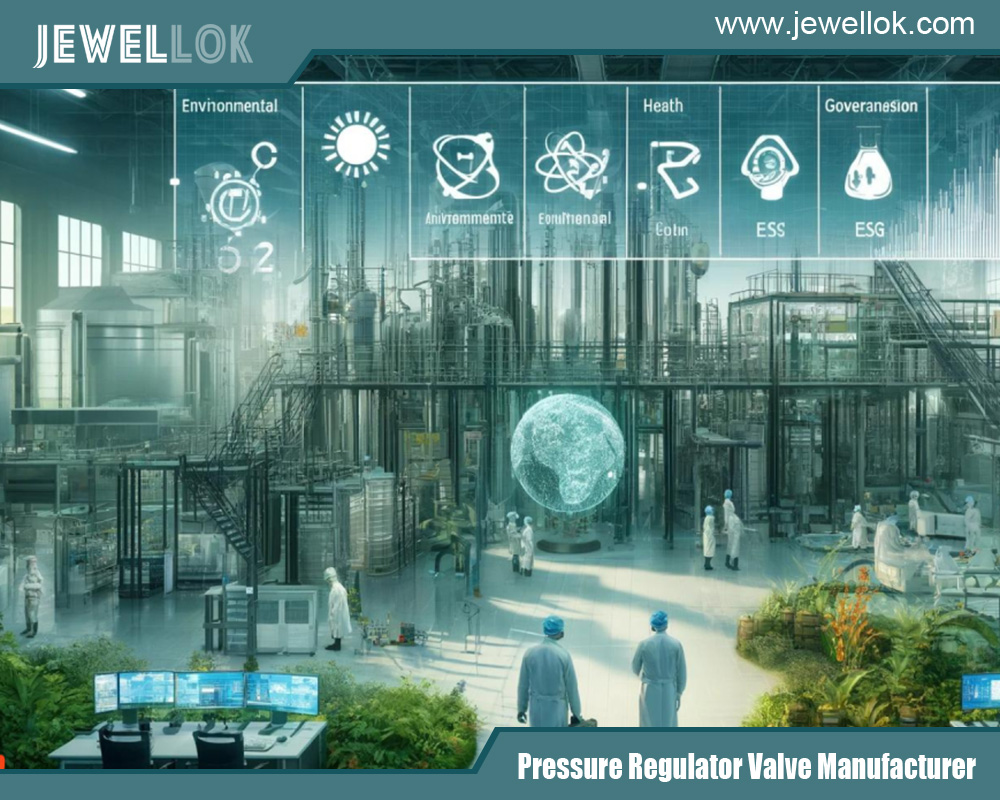
Conclusion
To improve the sealing performance of large flow single-gauge pressure reducing valves under high pressure difference working conditions, it is necessary to optimize from multiple dimensions such as structural design, material selection, manufacturing process, and auxiliary technologies. By adopting multi-stage sealing, high-performance materials, precision manufacturing, and intelligent monitoring technologies, the leakage problem in the environment of high pressure difference and large flow can be effectively solved, providing a reliable guarantee for the safe and stable operation of industrial systems. In the future, with the development of new materials and intelligent manufacturing technologies, the sealing technology of pressure reducing valves will continue to evolve towards higher performance and intelligence.
For more about research on the sealing performance optimization and anti-leakage technology under high pressure difference of large flow single-gauge pressure reducing valve, you can pay a visit to Jewellok at https://www.jewellok.com/ for more info.
Recent Posts
How Does An Acetylene Gas Changeover Manifold Work?
How Does A Carbon Dioxide Gas Pressure Regulator Work?
How Does A Oxygen Gas Pressure Regulator Work?
How Does A Helium Gas Pressure Regulator Work?
How Does A Nitrogen Gas Pressure Regulator Work?
How Does An Argon Gas Pressure Regulator Work?
How Does A Propane Gas Pressure Regulator Work?
How Does A Acetylene Gas Pressure Regulator Work?
How Does the High Pressure Back Pressure Regulator Work?
The Complete Guide to Camco 59013 Single Stage Propane Regulator
Tags
Recommended Products
-

Semi Automatic Oxygen Nitrogen Helium Argon Gas Changeover Manifold Manual Gas Changeover Manifold Panel For Gas Cylinders
-
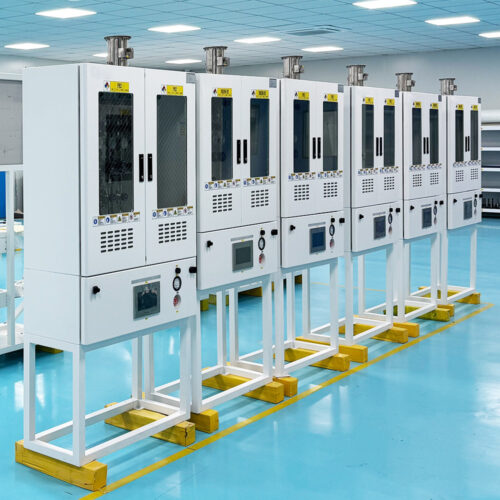
VMB Valve Manifold Panels And Boxes High Purity Configurable Systems JW-200-VMB & JW-100-VMB
-
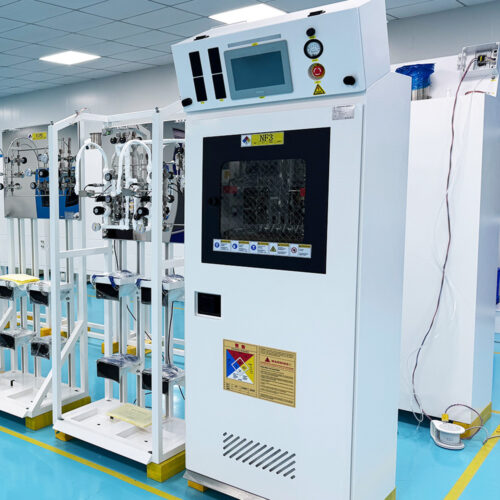
Semi Automatic Gas Cabinet Gas Panels High Purity Gas Delivery Systems JW-200-GC
-
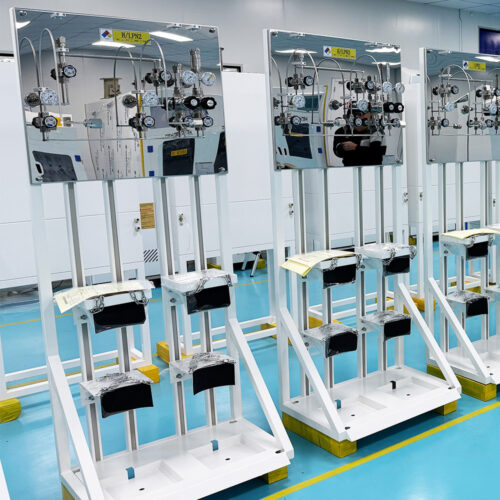
Semi-Automatic VMB Gas Cabinet With Semiconductor Valve Manifold Box Diaphragm Valves And Gas Pressure Regulators
-

VMB Valve Manifold Box And Panel Gas Cabinet, BSGS Gas Cabinets, TMA Gas Cabinets, Scrubber Tail Gas Treatment Cabinets
-
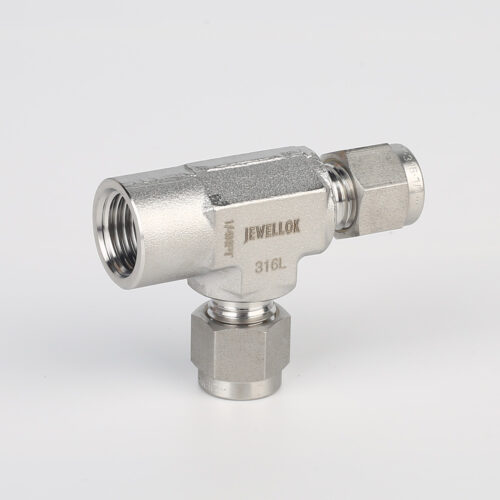
771LF Female Run Tee | Stainless Steel Tube Fitting Compression Fittings 1/4 In 3-Way Tee Female Run Tee
-
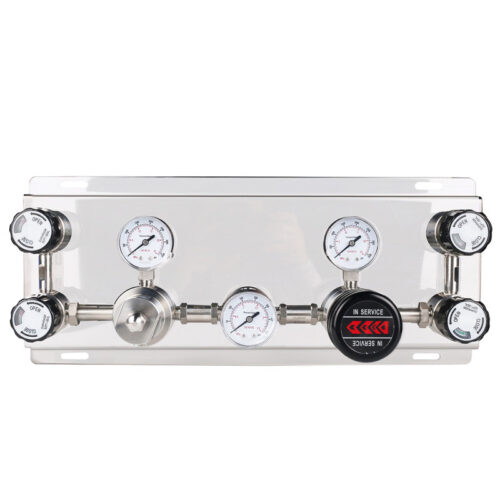
Semi Automatic And Automatic Switching Speicialty Gas Changeover Manifold Panel With Semiconductor Valve Manifold Box Gas Pressure Regulators
-
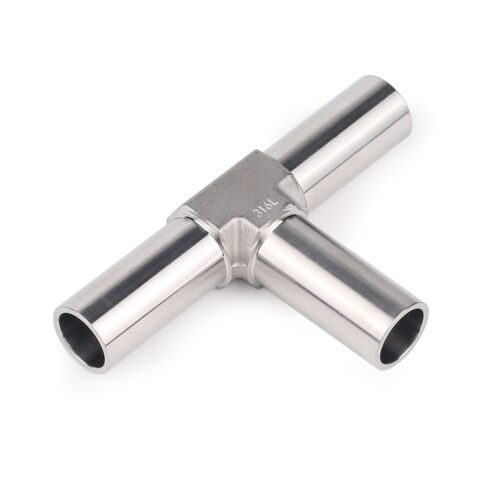
Stainless Steel Ultra Clean Welding Joint Fittings TW Series TRW Series & CW Series
